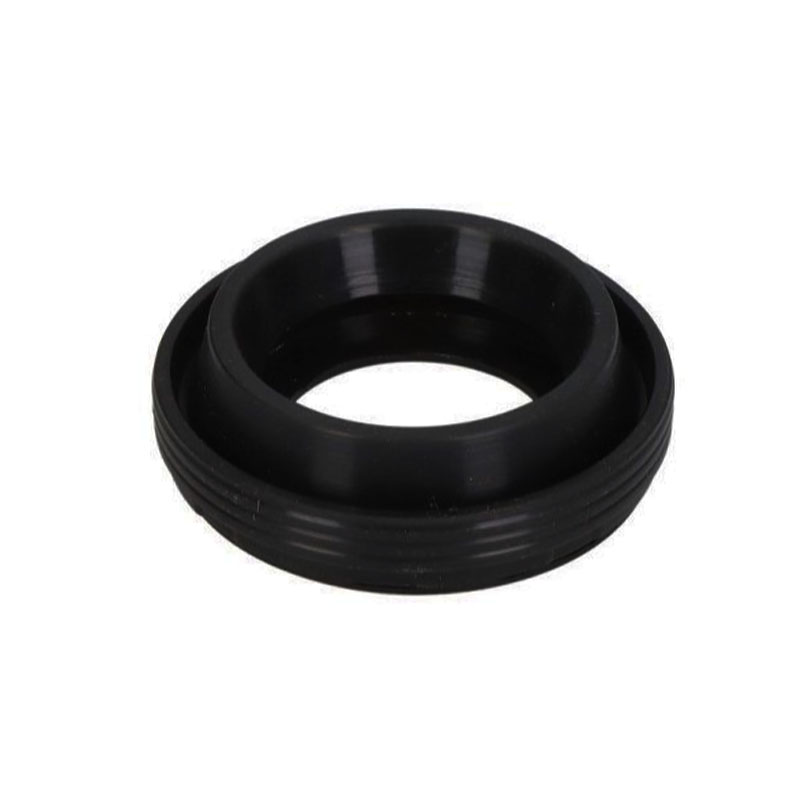Stuffing Box Mechanical Seal Solutions
Understanding Stuffing Box Mechanical Seals
Mechanical seals play a crucial role in the maintenance of fluid integrity in various industrial applications. Among the various types of sealing solutions, stuffing box mechanical seals are widely used due to their efficiency, versatility, and reliability. This article delves into the mechanisms, advantages, and applications of stuffing box mechanical seals.
What is a Stuffing Box Mechanical Seal?
A stuffing box mechanical seal is a device used to prevent leakage of fluids from a rotating shaft in machinery, particularly in pumps and mixers. It typically consists of a combination of packing materials and a housing designed to compress these materials around the shaft. The primary purpose of a stuffing box is to minimize fluid loss while allowing for the necessary rotational motion of the shaft.
The stuffing box itself is usually a cylindrical chamber that contains the packing materials. These materials can include braided or spiral-wound fibers that are resistant to wear and thermal degradation. The packing is compressed using a gland or a follower, which is tightened to increase the seal’s effectiveness. This creates a tight fit around the shaft, preventing leakage of the fluid contained within.
Advantages of Stuffing Box Mechanical Seals
One of the main advantages of stuffing box mechanical seals is their simple design and ease of installation
. They do not require complex parts, which makes them more accessible to maintenance personnel. Additionally, they can be adjusted or replaced with relative ease, minimizing downtime in industrial operations.stuffing box mechanical seal

Another significant advantage is their cost-effectiveness. Comparatively, stuffing box seals are often less expensive than mechanical seals, making them an attractive option for industries looking to manage costs without sacrificing performance.
Furthermore, stuffing box seals can handle a wide variety of fluids and pressures. They are suitable for both high-speed and variable-speed applications, offering flexibility for different industrial requirements. They can also be used in high-temperature environments, capable of withstanding the rigors of various processes.
Applications of Stuffing Box Mechanical Seals
Stuffing box mechanical seals are used across a wide range of industries. In the chemical processing sector, they are commonly found in pumps that transport corrosive or hazardous fluids. In the oil and gas industry, they play a vital role in preventing leaks from drilling equipment and pipeline systems.
In the food and beverage industry, stuffing box seals ensure the sanitary transport of liquids while minimizing contamination risks. Their versatility also extends to wastewater treatment facilities, where they prevent the escape of potentially harmful substances.
Conclusion
In conclusion, stuffing box mechanical seals are an essential component in various industrial processes. Their effectiveness in preventing fluid leakage, combined with their ease of installation and maintenance, makes them a popular choice for many applications. With their ability to handle diverse conditions and materials, stuffing box mechanical seals continue to be integral to maintaining operational efficiency and safety across multiple sectors. As industries evolve and face new challenges, the role of stuffing box mechanical seals remains pivotal in ensuring the reliable and secure operation of machinery.
-
Understanding the Importance of the Crankshaft Oil Seal in Engine Performance
News Jun.16,2025
-
The Unsung Heroes of Engine Protection: Understanding Automotive Shaft Seals and Oil Seals
News Jun.16,2025
-
Keeping the Engine Tight: The Role of Crankshaft Seals and Gaskets in Oil Control
News Jun.16,2025
-
Complete Protection in Harsh Conditions: A Deep Dive into Cassette Seals
News Jun.16,2025
-
Choosing the Right Oil Seal: A Guide to Trusted Brands and Suppliers
News Jun.16,2025
-
Advanced Sealing Technologies: Exploring the Range of Modern Oil Seals
News Jun.16,2025
-
Your Essential Guide to Car Repair Kits: From Rust to Dings
News Jun.13,2025
Products categories















